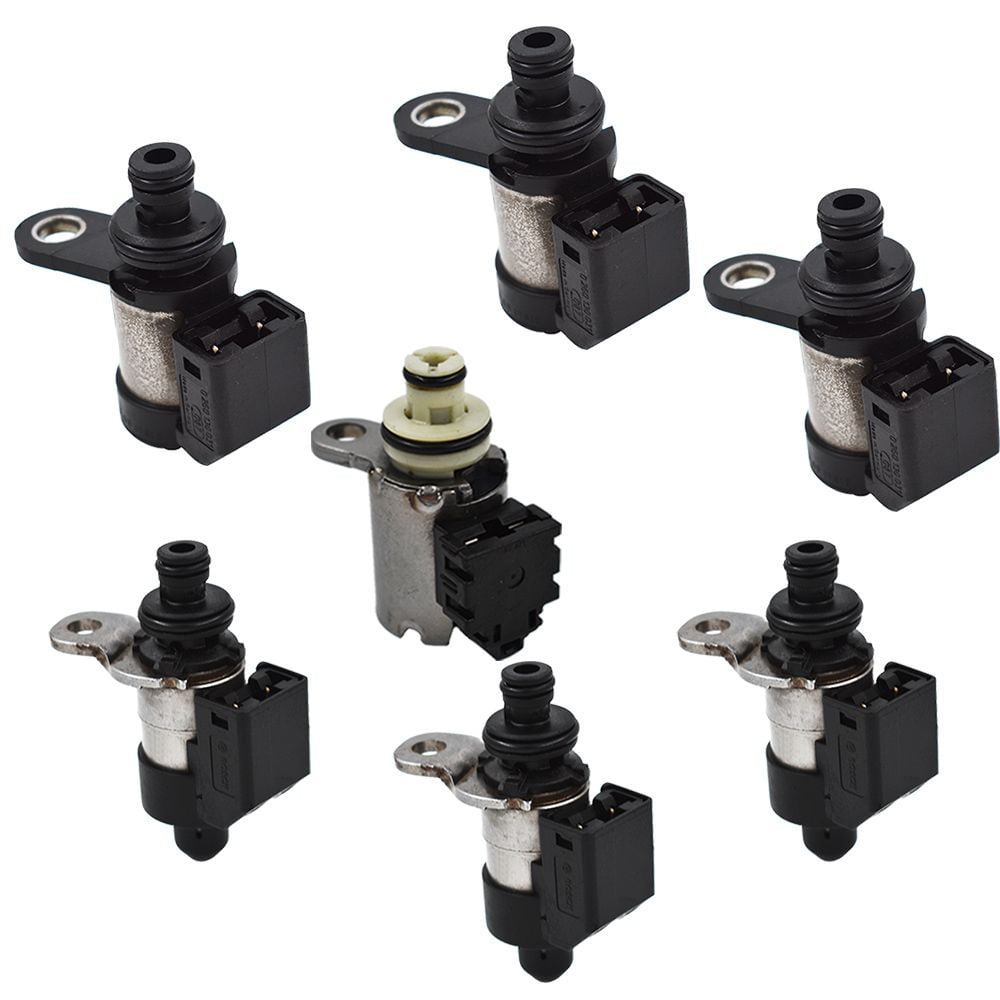
So, avoid extended driving when the transmission is in fail safe mode.Ī transmission that goes into limp mode will sometimes reset itself when the engine is shut off and restarted. Excessive heat build up in an automatic transmission is the #1 cause of catastrophic failure. Maximum speed while in limp mode is around 30 mph.Ĭontinuing to drive the vehicle with the transmission in fail safe or driving faster than the recommended fail safe speed will cause the transmission to overheat. When the transmission is in fail safe mode, the vehicle should only be drive home or to the repair shop. In fail safe/limp mode, the transmission will have limited functionality and will lock in either 2nd. This can be described as shifting into the wrong gear, skipping the intended gear and shifting back and forth between two gears.Ī failed transmission solenoid or an open circuit anywhere in the electrical system may cause the transmission to go into Fail Safe (or “limp” mode as it is also called) in order to protect the transmission from internal damage that might be caused by the faulty solenoid or open circuit. A faulty shift solenoid can cause the transmission to downshift uncontrollably (in other words at random times) or not downshift at all, even when coming to a complete stop.Įrratic Shifts: A defective shift solenoid can also cause the transmission to shift erratically. When the vehicle comes to a complete stop the transmission downshifts into first gear. No Downshift(s): When the shift solenoids are function properly, the transmission automatically downshifts as the vehicle speed slows. These shift delays can occur when you first shift the transmission into a gear and when the transmission is shifting between gears. During a shift delay no power is delivered to the drive wheels – it’s as if the shifter is in neutral. A faulty shift solenoid can cause delayed shifts of a few seconds or up to one minute or longer. The very first thing we're gonna' do is to check the resistance of each solenoid within the solenoid assembly.There primary problem symptoms of a faulty shift solenoid are delayed shifts, no downshifts and erratic shifts.ĭelayed Shifts: When the shift solenoids are working properly, shifts occur smoothly and without delay.

A blue with yellow stripe ( BLU/YEL) wire.Shift solenoid A and B assembly's connector has:.Shift solenoid A and B assembly looks very similar in appearance to the torque converter clutch (TCC) solenoid A and B assembly. Shift solenoid A and B assembly is located on the rear-bottom side of your Honda CR-V's automatic transmission (this is the side that faces toward the passenger side wheel). Symptoms Of A Defective Shift Solenoid A And B Assembly

#Shift solenoid how to


 0 kommentar(er)
0 kommentar(er)
